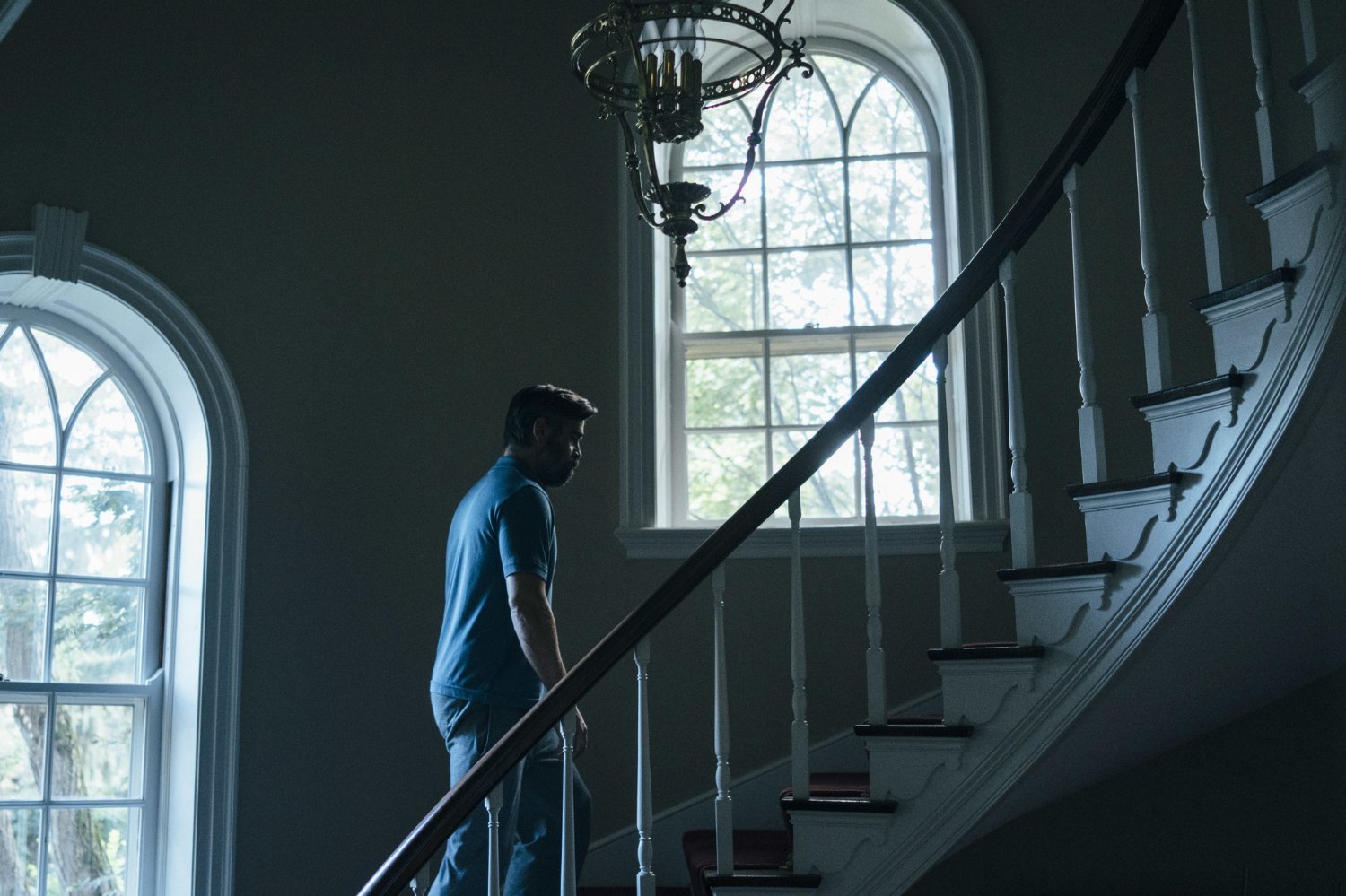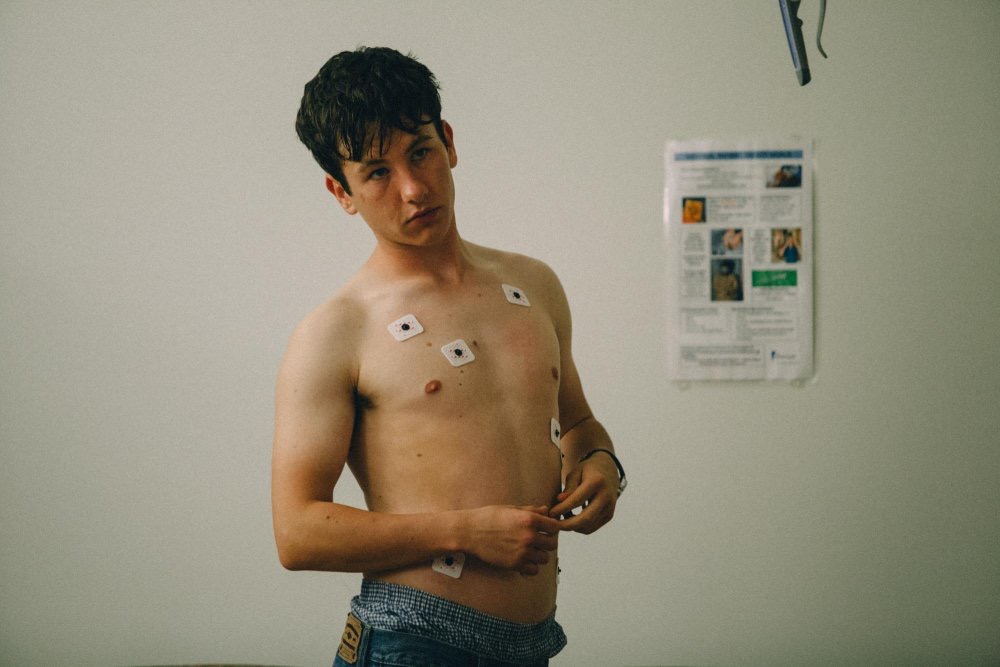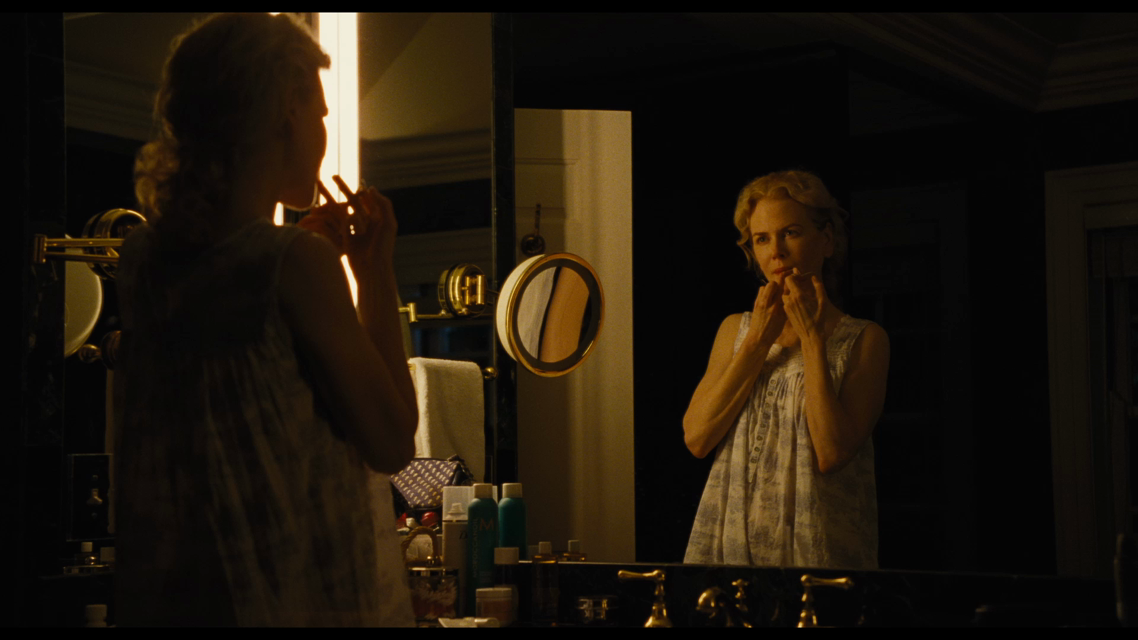by Chris Feil
Is it better to have good friends or a large number of friends? It’s a question asked casually in Yorgos Lanthimos’s The Killing of a Sacred Deer that hosts some of its more loaded themes: social connection, the difference between acquiring and appreciating, the futile pursuit of a nuclear unit. As discussed between odd teenager Martin and adult Steven, played by Barry Keoghan and Colin Farrell, it carries even more terrifying subtext for their unsettling relationship.

It appears that the two have had a connection in the two years since Martin’s father died on Steven’s surgery table, developing into a doting and secretive relationship that has Martin creeping closer to Steven’s family unit. Things escalate from odd or inappropriate to bizarre when Martin unceremoniously announces that Steven’s family will be cursed one-by-one with body debilitation until Steven can decide which to sacrifice. Like any other tragedy to befall a family, call it “just one of those things that happen.”
The film, in orchestrally severe fashion, is Lanthimos’s darkest comedy and his most stylized. Inspired largely by Greek tragedy to the extent that the film feels hardly contemporary, Lanthimos frames the film as if its high ceilings were its own columns to a Parthanon of death. The characters speak in a sparseness that reflects the ancient form and a suburban hell of shallow thought. It’s almost a complete removal of a social filter - by allowing them to speak uncomfortably plainly, Lanthimos and his screenwriting partner Efthymis Filippou expose the characters’ intentions.
If there’s a Greek chorus, it’s us in the audience freaking the hell out at what Lanthimos has in store. Steven’s tragedy is his refusal to accept human choice and submitting to social systems that subjugate the individual. Oh and by the way, it’s hilarious.

Lanthimos balances the film’s heightened reality by pulling more subtle performances from his actors. Farrell’s work is a colder sibling to his work in The Lobster with similar rhythms, but here the humanity comes from panic. As Martin’s wife Anna, Nicole Kidman is defiant in surprising ways, making her arc the film’s most unexpected and energized. Barry Keoghan is the film’s casually unsettling force, affable at every turn even at his most threatening and obsessive. His is one terrifying and brilliant performance.
The Killing of a Sacred Deer is tough, perverse stuff. But rather than being emptily confrontational for the sake of provocation, the film takes on a matter-of-fact tone amid all of the heightened grimness. Lanthimos isn’t as interested in punishment or justice as he is with revealing things as they are. It’s the Greek theatre approach that keeps his observations from becoming trite, and provide an audacious stab at thematic timelessness.

From the first transfixing and grotesque shot to the characters’ off-hand curiosity regarding everything from body hair to menstruation, the film is obsessed with bodies just as it disregards the body in favor of the spirit. As Steven’s family begins to lose their bodies to this unclarified curse, it’s the communication breakdown that cuts the deepest. Any number of detrimental things can be done to the body but its our mind, our relationships that needs preserving.
Sacred Deer’s power is how it invades both. At once a psychological horror film felt in the body and a body horror of the soul, Sacred Deer proposes that parts of the mind can be surgically removed like any other appendage.
Grade: A